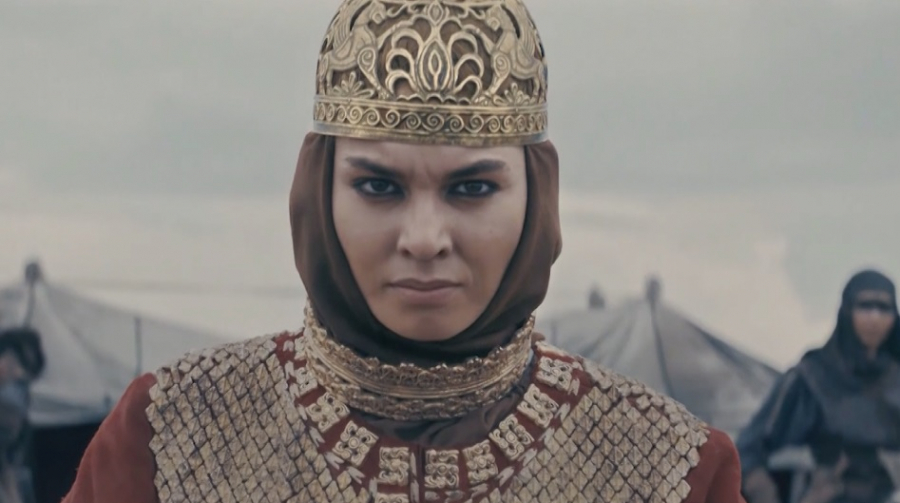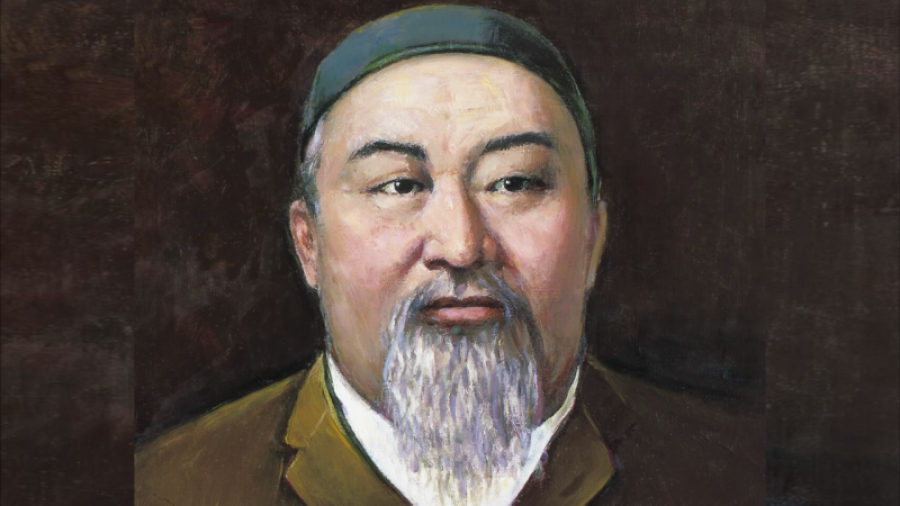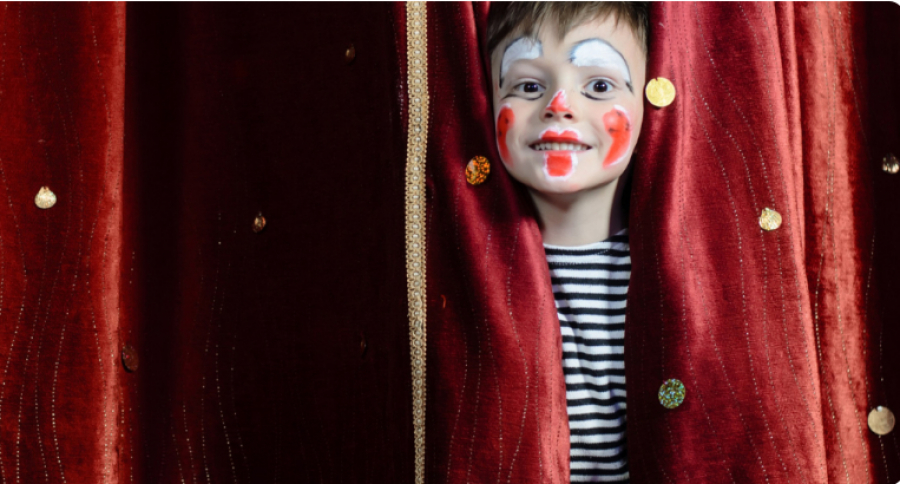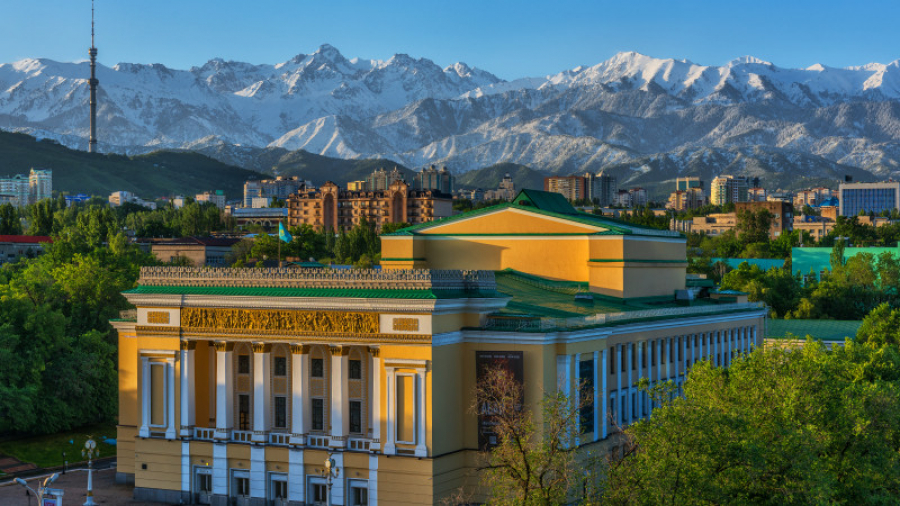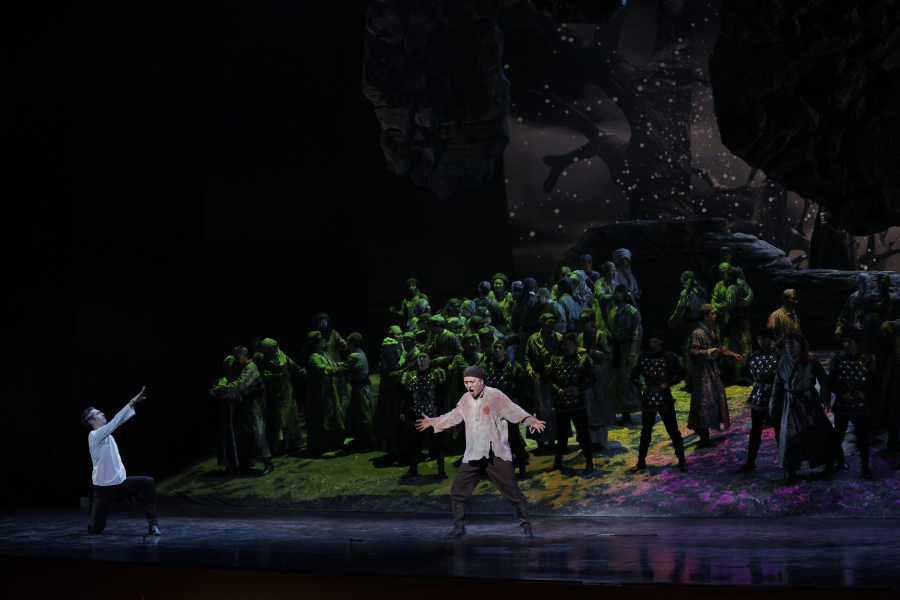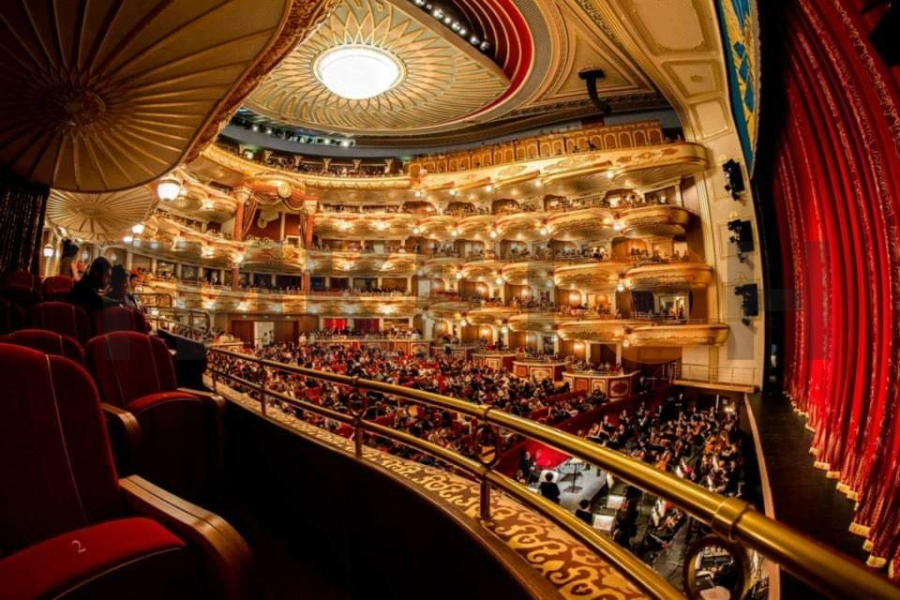Ancient Akhsikent to become another tourist attraction in Central Asia
Another tourist destination on the map of Central Asia - the ancient city of Akhsikent will soon become an open-air museum. There’s an archaeological excavation going on there now. Scientists say there are a lot of discoveries to be made. The settlement, founded in the third century BC, is located on the right bank of the Syr Darya river and occupies 30 hectares.
“This city is constantly associated with the name of Babur. Therefore, those who come from foreign delegations to us, from India especially, or from other countries, say we take them to Akhsikent, to the very place where Babur was born. Because Babur is a renowned figure, the whole world knows about him,” noted Azizbek Abdualiyev, member of Press Service at the Governor's Office of Namangan Region, Uzbekistan.
Situated along the Silk Road, Akhsikent was the capital of the state of Fergana. It was a key trading hub and center for pottery and blacksmithing. Scientists say that the weapon manufactured in Akhsikent became famous under the name of ‘Damascus blades’. It was popular in the West and in China.
“In the middle of the 10th century, a water pipe was built, which lasted until the first quarter of the 13th century. It was written that since all houses were flat, if snow fell on the roof in winter, the owner had to clean it down by the evening, otherwise they would face a big fine, and this is not to mention the garbage,” said Abdulkhamit Anarbayev, staff member at the Akhsikent Museum.
Akhsikent consisted of three parts: a castle, shakhristan and rabat. In 1620, an earthquake destroyed the city. Now, thanks to the efforts of historians and local authorities, it will be revived.
Translation by Assem Zhanmukhanova
Editing by Galiya Khassenkanova


